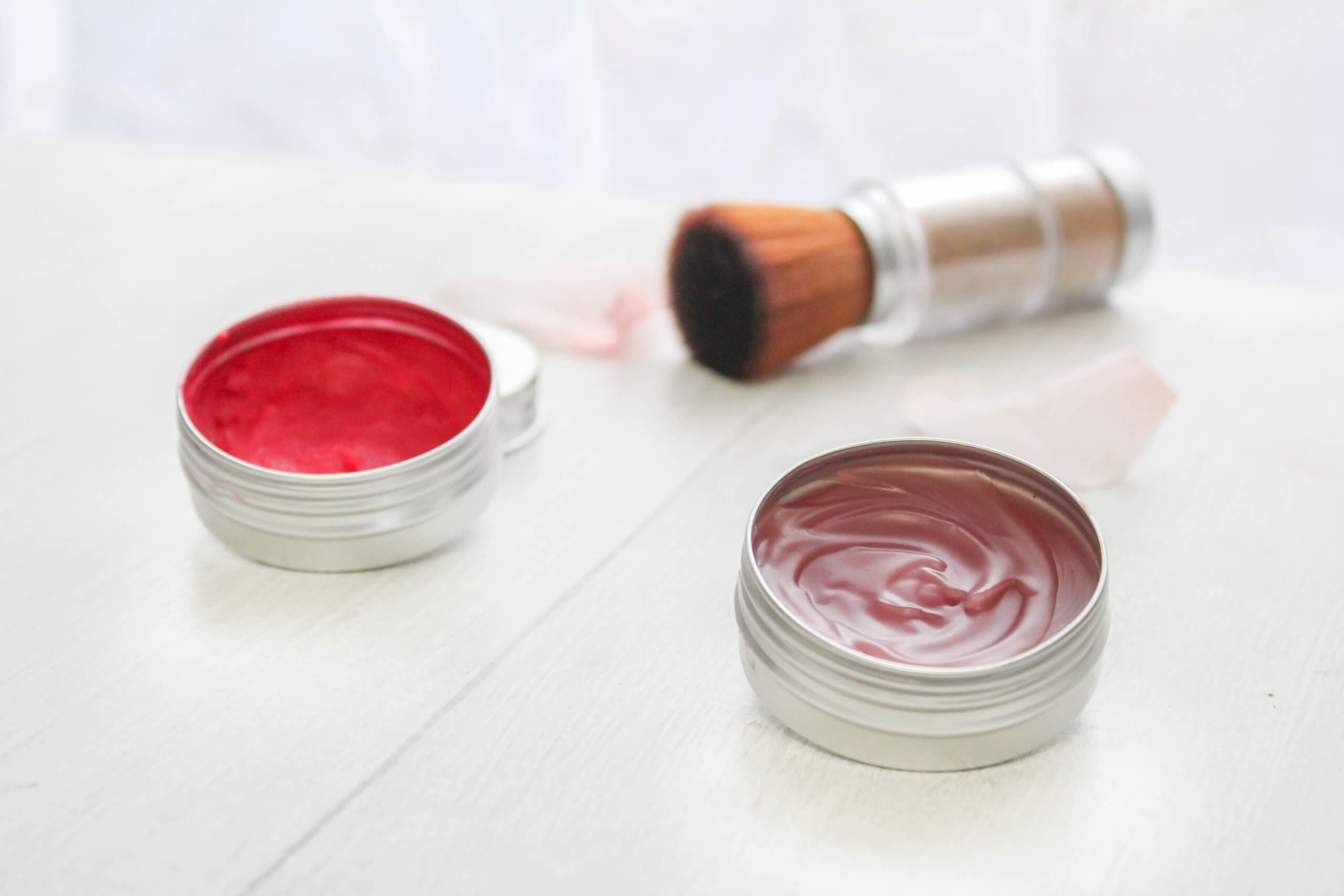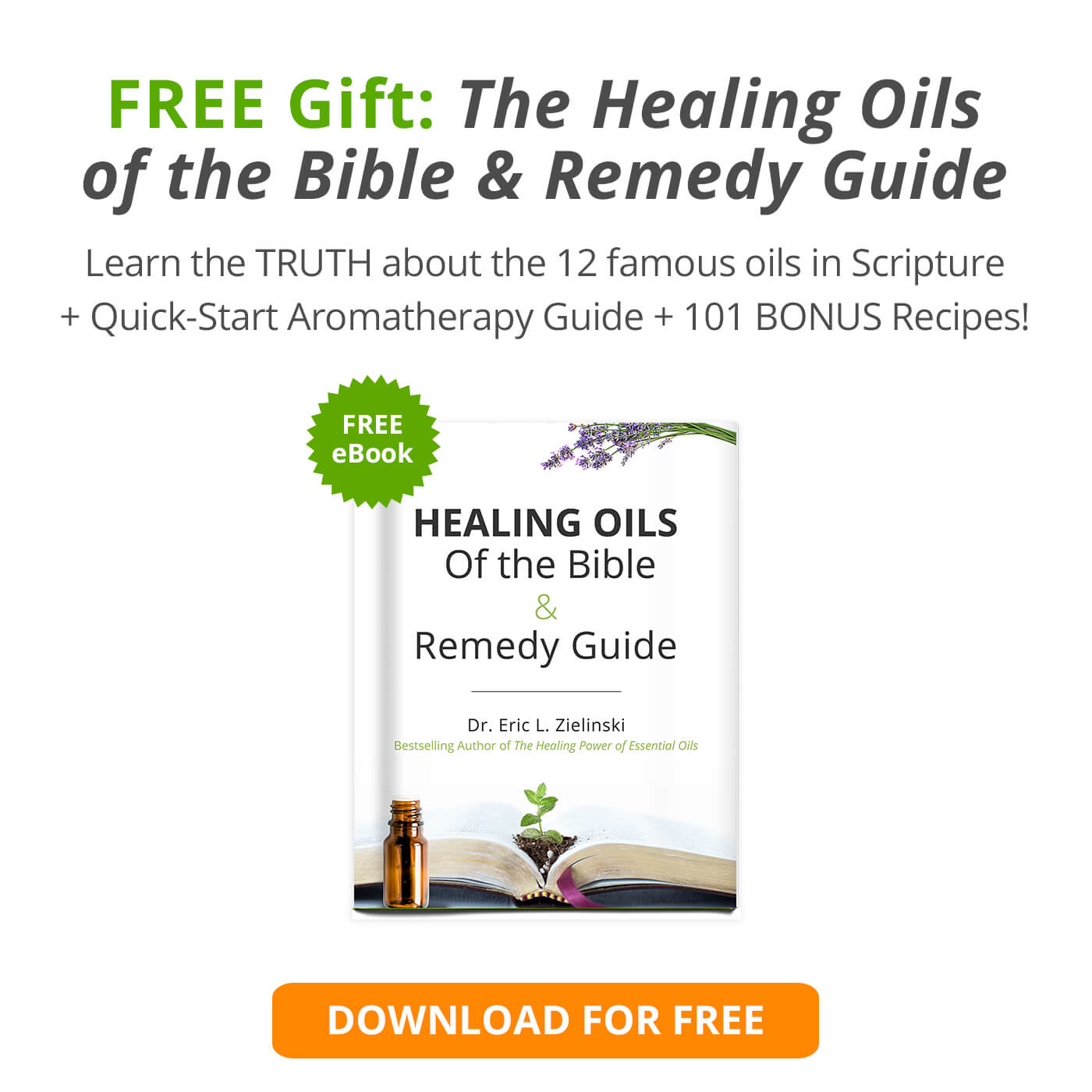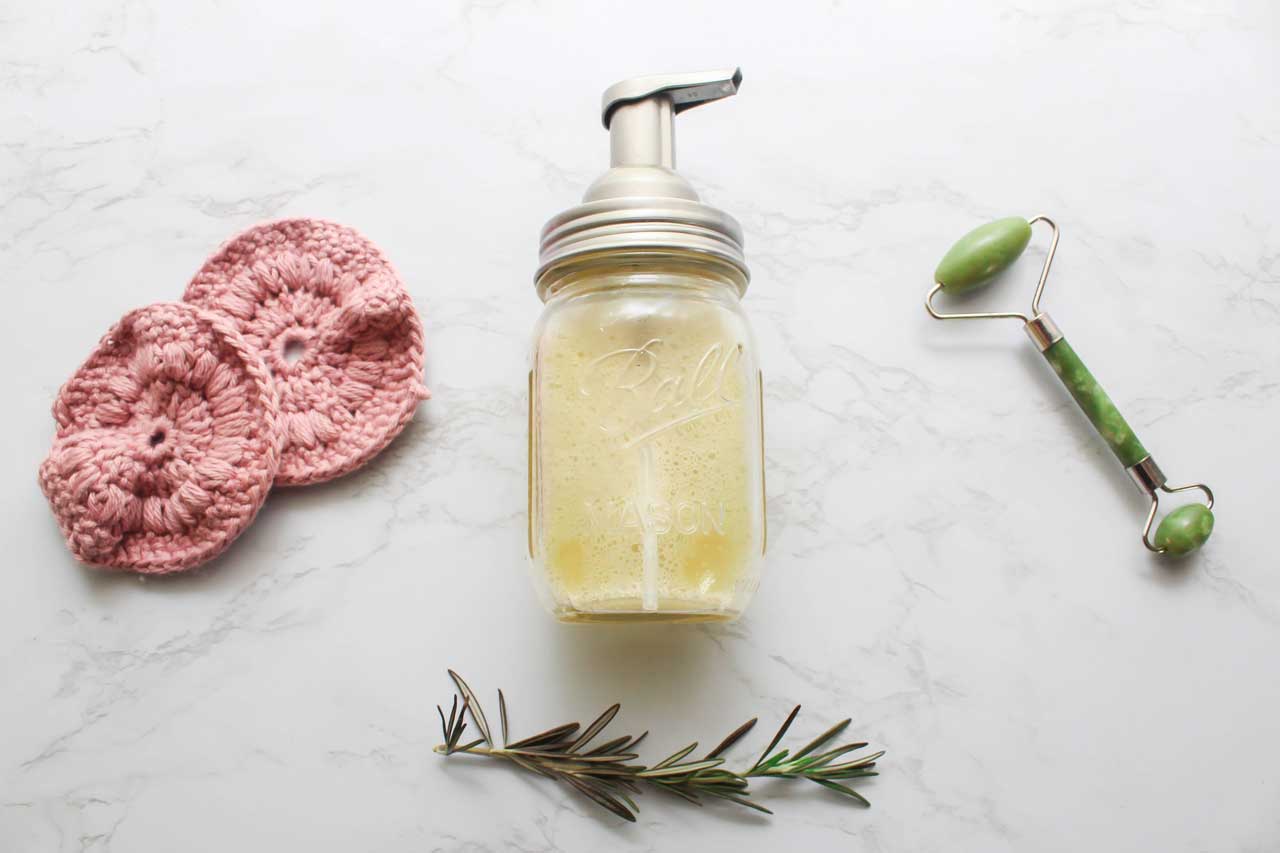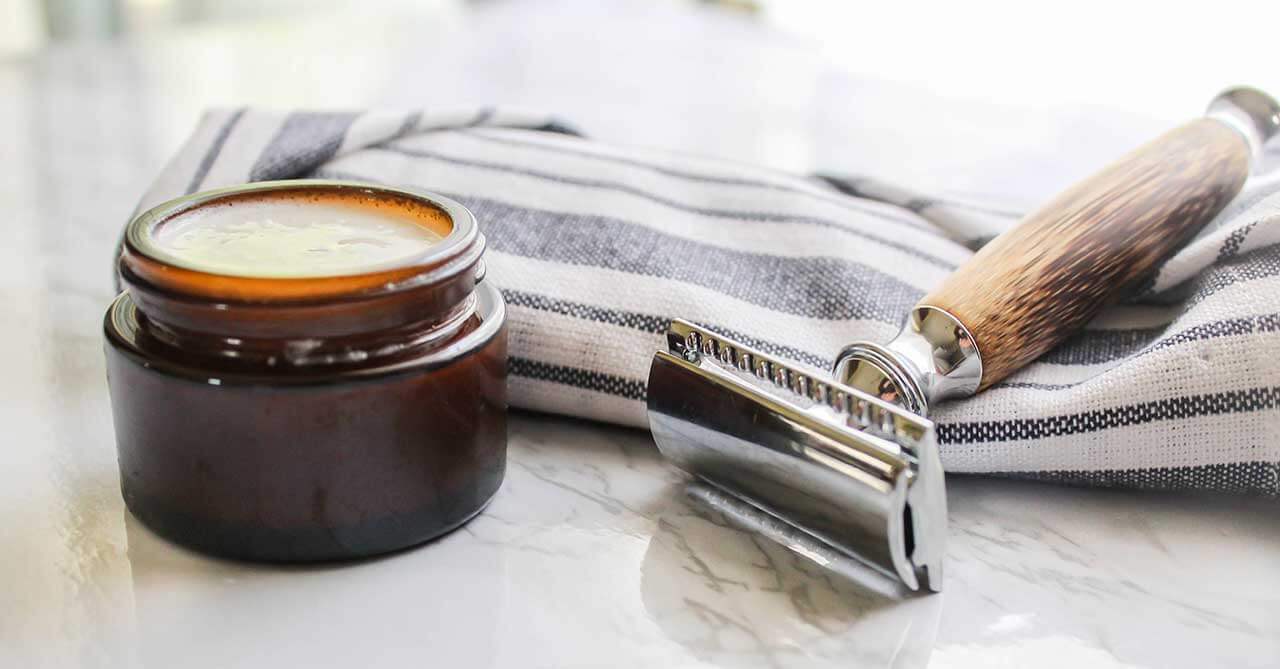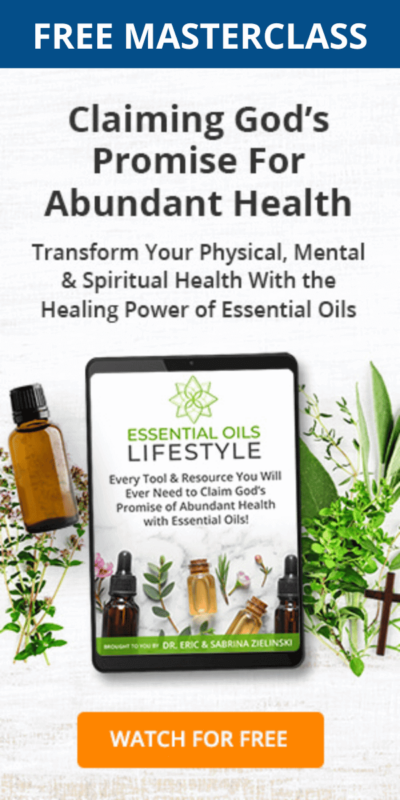My DIY Lipstick recipe solves an age-old problem. Every day, women worldwide apply toxic, synthetic ingredients to their faces. The most sensitive parts of the face are near mucous-membranes, such as the eyes and mouth. These areas are where chemicals are blinked into eyes, seeped into pores, and accidentally licked into mouths.
Coincidentally, cosmetics near the eyes and lips are considered many women’s “must-have” items. Over a woman’s lifespan, these toxins build up in the system, causing harmful side effects. There’s a better way to look your best!
Table of Contents:
Toxins in Lipstick
Some experts say that over a woman’s lifetime, she’ll consume over 7 pounds of lipstick. The jury’s still out on the accuracy of that statement, but everyone can agree that over time you’ll consume quite a bit of lipstick. This is a bad thing, given the many toxins in store-bought lip products. Here are a few of the top offenders.
Lead
No, I’m not joking. Studies suggest that up to 61% of all lipsticks contain lead! (1) You might be surprised to learn just how dangerous they can be! My friend Dr. Axe says this:
Lipstick and glosses are often ingested over the course of the day, so the impact of any toxin is heightened above and beyond skin absorption levels. According to prior research, the Berkeley scientists estimated average lipstick use as twice-a-day applications and heavy use as applying lip gloss or lipstick 10 times a day.
One application spreads 10 milligrams of product across a woman’s lips, most of which is ingested. Average use of lipstick means that a woman ingests about 24 milligrams of product. Women that apply lipstick or lip gloss frequently may be ingesting as much as 87 milligrams of product per day.”
“The researchers compared what the women were likely ingesting in lip products to health standards for heavy metal consumption like those defined by the EPA for drinking water. They found that average lipstick or lip gloss use in these products resulted in women exceeding daily intake guidelines for aluminum, cadmium, chromium, and manganese.
In 10 of the products they looked at, daily use meant that a woman would exceed chromium intake recommendations by 100″.”
Parabens
Parabens are a carcinogen found in human breast cancer tumors (2). Parabens are often added to lipsticks to keep them soft and make them last longer.
These toxins can trigger hormonal issues, causing estrogen dominance. These consequences don’t just affect you, though. Parabens affect both maternal and infant hormones in the womb.
Parabens are harmful to males as well, lowering their sperm count and affecting fertility. Toxins in lipstick may seem like a topic of no concern to men, but these parabens can be transferred to others.
If you kiss your spouse or children, you can expose them to this carcinogen.
Synthetic Dyes
Synthetic dyes are in nearly every lipstick. These chemicals react with the skin’s pigment to create a specific shade.
Synthetic dyes are detrimental to your health and can even alter behavior (3). These dyes can lead to dry, cracked lips, which manufacturers know! They try to combat chapping by adding in petroleum-based ingredients.
Petroleum acts as a deep moisturizer on the surface. Still, it suffocates your skin, keeping out all nutrients.
There’s a better way to get gorgeous lips without exposing your body to toxins. Natural, plant-based dyes create brilliant color, as you’ll soon see.
DIY Lipstick Recipe Ingredients
Many people wouldn’t think of making their own cosmetics. There’s a common belief that a DIY lipstick recipe takes a lot of time and money. That’s not the case!
This recipe calls for a few simple ingredients. Here’s what you need to add to your shopping cart.
Sweet Almond Oil or Shea Nut Oil: Carrier oils are a must when using essential oils! They help the EOs to disperse evenly and make your bottle last longer.
Sweet almond oil is terrific for lips because it contains vitamin E, which can help reverse sun damage and more (4)!
Beeswax: Beeswax is a natural humectant that attracts moisture to the lips and keeps existing water in. It has a heavenly light honey scent! Beeswax helps create a firm lipstick that stays put.
Cocoa or Shea Butter: Both of these deeply moisturizing butters can help heal chapped lips. Shea butter will always be my favorite DIY moisturizer, but cocoa butter smells like chocolate!
These ingredients add a protective layer to the lips, which comes in handy when you’re in an extremely hot or cold climate.
Essential Oils: If you’ve never used lipstick that contains essential oils, you’re in for a treat! EOs take a DIY lipstick recipe to a whole new level. I love using the following essential oils in my lip care products:
- Cinnamon: Adds plumpness to lips, helps freshen breath
- Peppermint: Naturally anti-bacterial, can fight cold sores
- Lavender: Extremely soothing to chapped skin
- Lemongrass: Smells like a day at the spa! Can soften lips
Word of Caution: Most reports state that citrus oils are phototoxic (can cause excessive burning when exposed to the sun) to varying degrees. If you choose to use citrus in your lipstick, be careful only to use 1 drop and stick with the list that’s considered safe according to the classic text, Essential Oil Safety:
- Bergamot Oil (FCF) – Bergaptene/Furanocoumarins is removed
- Blood Orange Oil
- Lemon Oil (Steam Distilled)
- Lime Oil (Steam Distilled)
- Mandarin Oil
- Sweet Orange Oil
- Orange Leaf Oil
- Satsuma Oil (Cold/Expeller Pressed)
- Tangelo Oil
- Tangerine Oil
- Yuzu Oil
Natural Food Coloring This is the fun part! With a bit of experimenting, you can develop a beautiful shade that complements your skin tone. You can create the most beautiful nude, pink, red, and plum tones. The sky is the limit!
Natural food coloring is often plant-based and contains no adverse effects, unlike most of the food coloring dyes you’ll find in your local grocery stores. The links between synthetic coloring agents and colored dyes to cancer are a subject of concern and much research. We wholeheartedly prefer natural food coloring options to avoid these harmful chemicals.
Make DIY Cosmetics
Don’t let this recipe intimidate you. It’s simply a jazzed-up lip balm! Mix and match until you find your perfect go-to shade.
- 2 teaspoons sweet almond oil or shea nut oil
- 1 teaspoon beeswax
- 1 teaspoon cocoa or shea butter
- 1 teaspoon jojoba oil
- 1-2 drops essential oils*
- Natural food coloring
- Supplies:
- Saucepan
- Double boiler or glass jar
- Lip balm tins or tubes
- Fill a saucepan with 1-2 inches of water and place over medium-low heat. Add the sweet almond oil, beeswax, cocoa butter, and jojoba to a double boiler or glass jar. Place in the saucepan.
- After the mixture has melted, stir in your coloring. Start small, and work your way up.
- Remove from heat and add the essential oil. Stir until the coloring and EOs are distributed evenly.
- Pour into lip balm tins or tubes. Let cool.
- Use as you would a traditional lipstick.
Cinnamon: Adds plumpness to lips, helps freshen breath
Peppermint: Naturally anti-bacterial, can fight cold sores
Lavender: Extremely soothing to chapped skin
Lemongrass: Smells like a day at the spa! Can soften lips
Step One: Melt the Moisturizers
Fill a saucepan with 1-2 inches of water and place over medium-low heat. Add the sweet almond oil, beeswax, cocoa butter, and jojoba to a double boiler or glass jar. Place in the saucepan.
Step Two: Add Coloring
After the mixture has melted, stir in your coloring. Start small, and work your way up.
Step Three: Add Essential Oils
Remove from heat and add the essential oil. Stir until the coloring and EOs are distributed evenly. Carefully pour into tins or lip balm tubes. Let cool before using. Enjoy!


